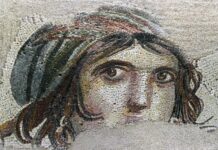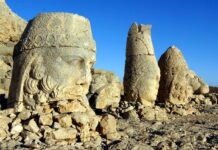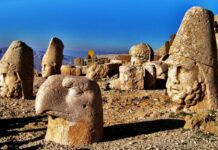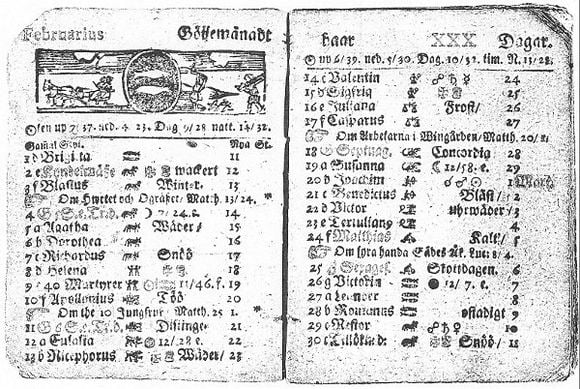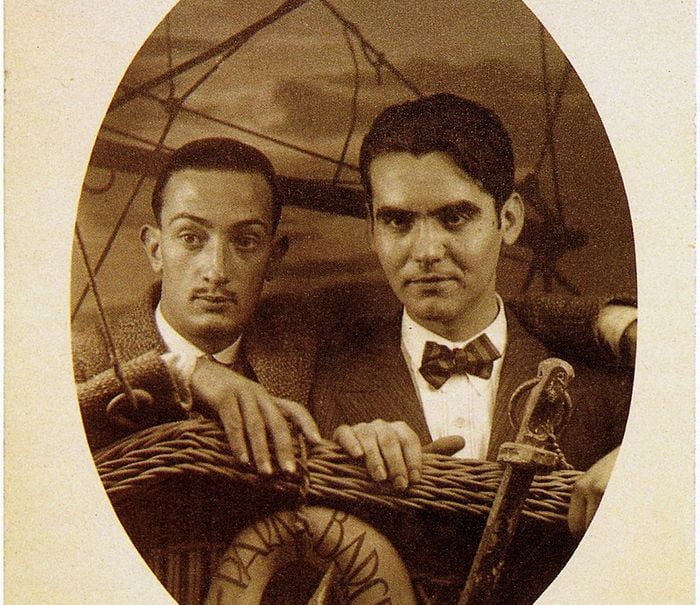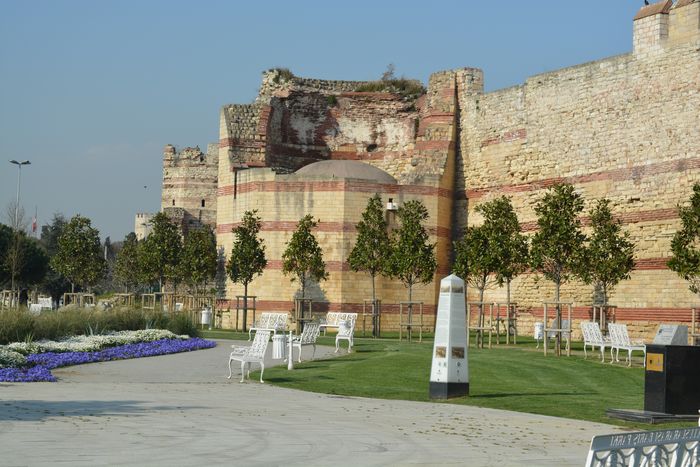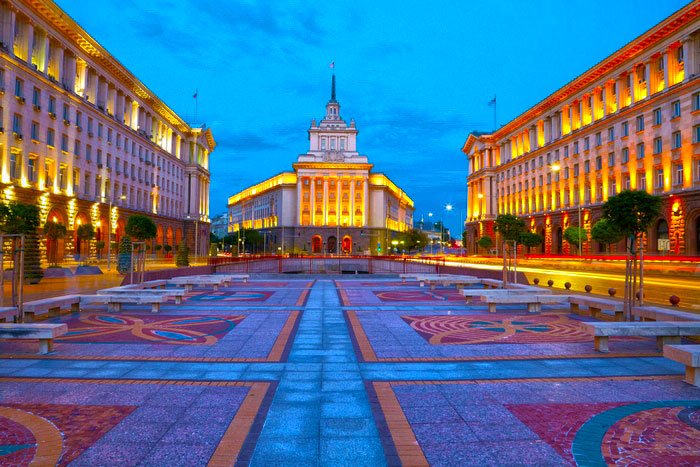At the site of the old Temple of Diana, a foundation of charcoal and skins was laid over a low, marshy area. Alexander the Great led the construction of a new temple dedicated to Diana, which became one of the seven wonders of the ancient world. It was the largest Greek temple ever built.
The Temple’s Design
The new temple had over 100 columns, each about 56 feet high. 36 of these columns were hand-carved. The doors of the temple were made from cypress wood, and the columns and walls were made from Parian marble. The staircase was carved out of one Cyprus vine Customized Turkey Tours.
The Temple’s Importance
The temple was not only a place of worship but also served as the bank of Asia, holding large sums of money. It was also an art gallery displaying works from famous artists such as Praxiteles, Phidias, Scopas, and Polycletus. One of Apelles’ famous paintings of Alexander was also displayed there. Behind a purple curtain was the image of Diana, the goddess of fertility. The image was very strange and crude—Diana had many breasts, held a club in one hand, and a trident in the other.
Worship at the Temple
The temple was the center of worship for Diana, and the worship practices were immoral and corrupt. People who worshiped Diana took part in wild and sinful religious rites. The rituals often turned into sex orgies, and the goddess’ name changed from Diana to Cybele in the inland areas.
Destruction of the Temple
The temple was destroyed by the Goths in A.D. 256, but it stood during Paul’s time. If you want to see a bit of the temple’s beauty, you can visit Istanbul, where some green columns from the Temple of Diana were used to build the Hagia Sophia. Seeing these columns gives us an idea of the beauty of the original temple Ephesus A Beautiful and Important City.
Paul’s Ministry in Ephesus
Paul came to Ephesus during his third missionary journey to begin spreading the Word of God. For two years, Paul taught at the school of Tyrannus. He wrote in 1 Corinthians 16:9, “For a great door and effectual is opened unto me, and there are many adversaries.” This means he faced many challenges while preaching, but there were also many opportunities.
John in Ephesus
Later, John, also known as the apostle of love and the son of thunder, came to Ephesus as its pastor. After being exiled to Patmos, John returned to Ephesus after about ten years. Today, the Basilica of Saint John is built over the traditional burial site of the apostle John, which is located at the highest point in the city.

